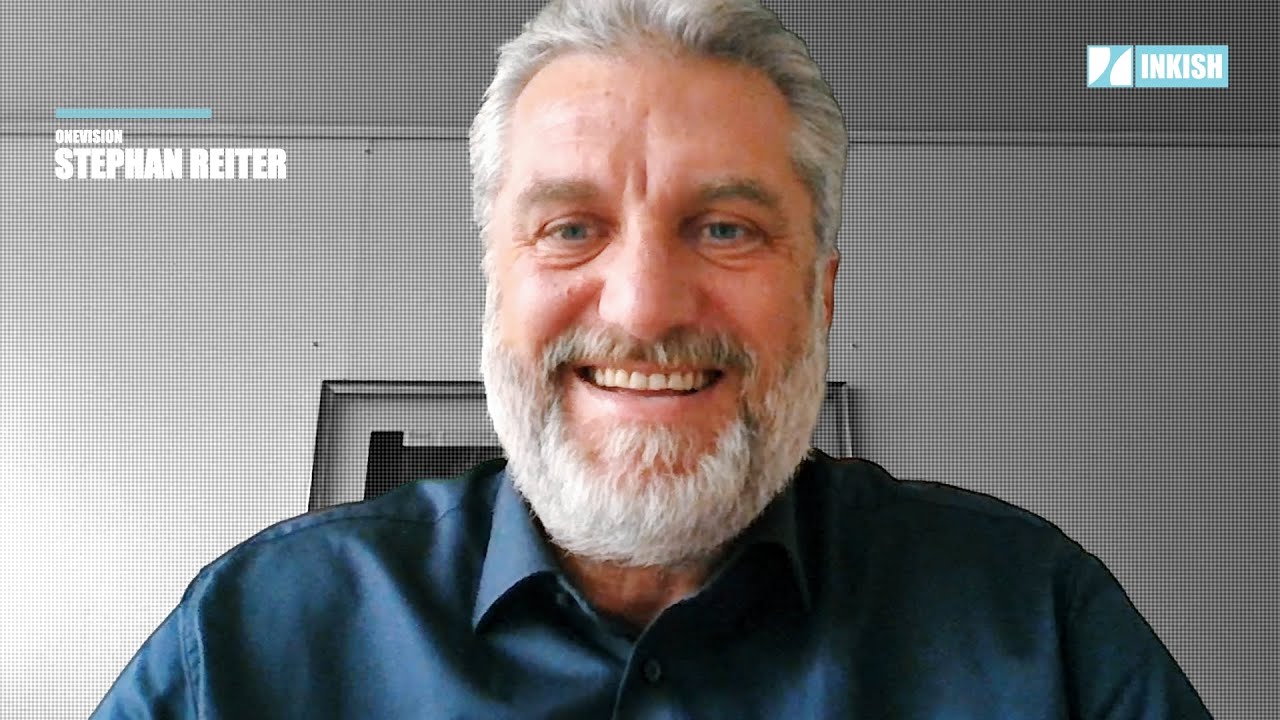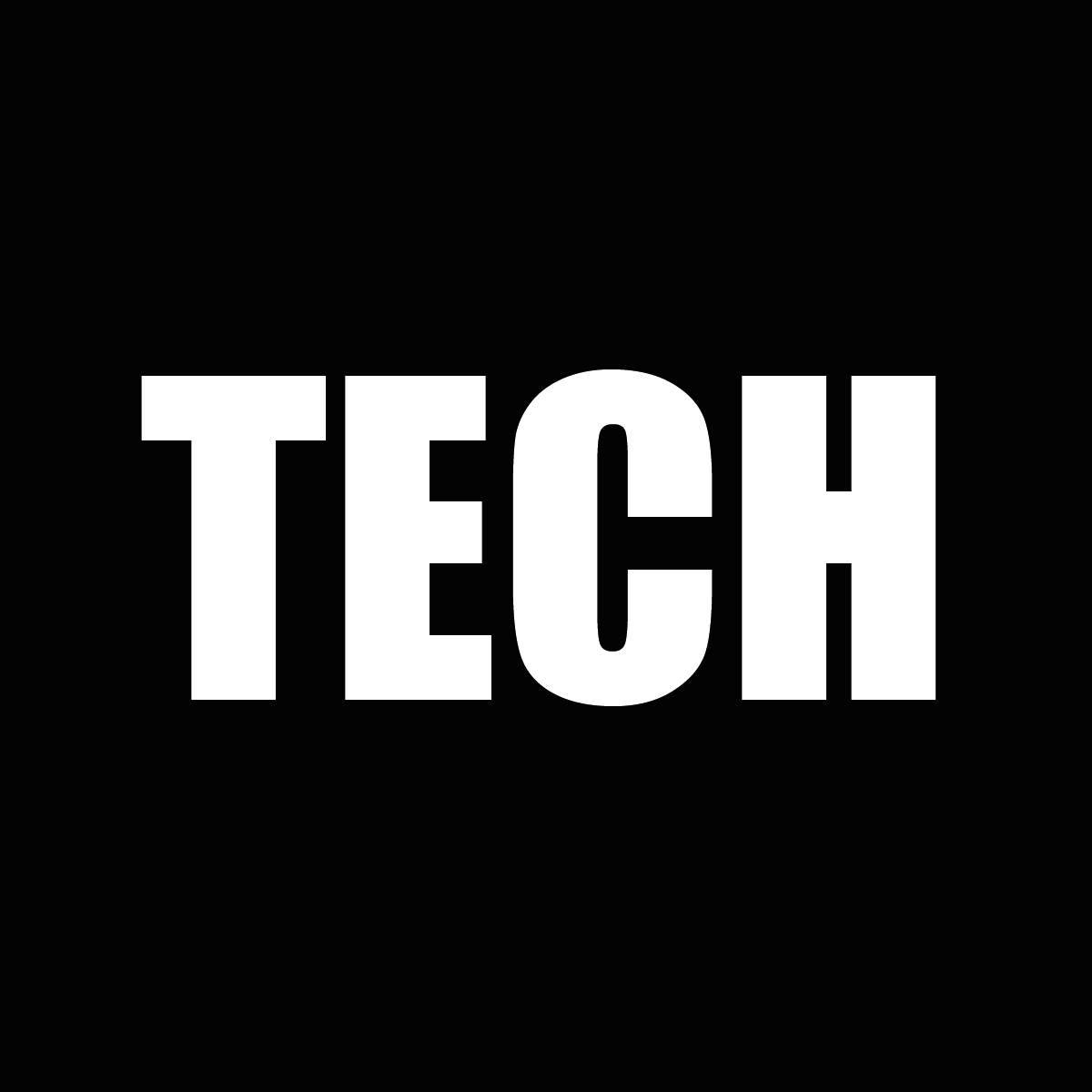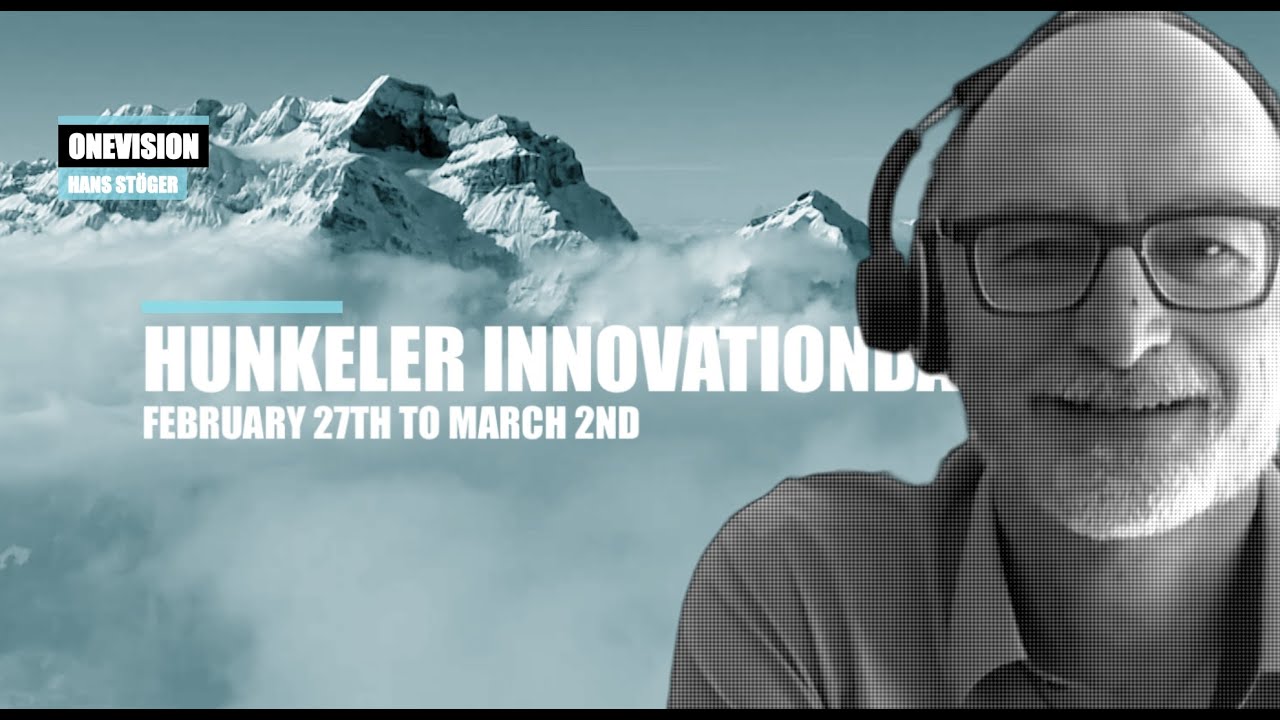No question that the printing industry continues to be under pressure. Prices are still dropping and the supply/demand is still not in balance, so to print and deliver even low margin jobs simply require automation. At the recent Workflow Summit 2018, we spoke to Head Of Strategic Alliances Stephan Reiter from OneVision about the challenges and the promises. Enjoy!
Stated very short, we are doing a fully automated workflow solution for the Premedia and the PrePass guys. Everything that’s in-between the MIS and the DEV, we take control and flly automises the process. Well, that’s a difficult question. A typical customer, I would say the typical customer is somebody who has problems in these today processes. You can’t say it’s a packaging printer or a label printer or a large format printer, it could be everybody, it could be none of them if they don’t face problems. But so a typical customer base which we have today is we are coming out from the newspaper market so there we still have around about 72% market share of ll big worldwide newspapers. And then we went to the commercial print, we’re in the label printing business and the wide format printing business, digital, books on demand, so it’s a variety of customers.
Looking at the last years, I see that there’s really an evaluation going on. People understand the need of automating the workflow because the margin pressure they have. If you go today looking for new stationary, you normally go into the web and look at all the different portals. So what happens normally, of course, you decide on quality but also on price. What happens to the printer side, it’s very, very low margin and people identify that they have to automate these jobs. Because if they touch it by hand or if there’s anything going wrong, even that low margin is totally lost.
It is, it is. I talk about the ideal way that we first look at the quality and then price, normally they just look at the price. The other thing they look is into performance that means when does it get delivered? Recent studies in some of the digital printing industries show that almost 50% of all jobs are demanded in less than 24 hours. People are looking when is it getting delivered? What is the price? And then hopefully into quality. There are some windows that and also we of course deliver tools in there which help you in keeping the same quality level and getting the best quality out of your printer. The thing is that also they are the customer or the print production guy comes into the game because he has to do a lot of jobs. He has to control his systems, “Are they printing the quality that is expected? How can I control the quality? How can I improve the quality? How can I get it back to the level in which I want it established?
In automation, workflow automation, we talk about everything is automated. In that sense, the print production guy comes again to the game and has to do some tasks, some jobs. Being very honest with you, a lot of people say they do but daily work doesn’t give them the time to do. I think it’s one of the really heavy task we still have to solve in that all of the workflow area … to guarantee is a hefty word but to, yes, to guarantee that always when you print it you got the same print quality out of that. I think it’s a combination of a lot of things. First of all, people they have a wish, they have a dream how it should look like but especially in the printing industry we are in a traditional business. We stick, we do the way that we did it the last 10 years and it will bring us through the next 10 years. Because adopting automation means I have to change something.
It’s always a problem for us to change something. But beside that, there are still, I wouldn’t say blockers, some blockers for getting into automation. People are afraid, “Is it really compatible to the systems I already have installed?” People are afraid, “Am I able to operate it? Do I have the right people?” Standard, is there standard? Are everybody producing according to the standard? Then of course oh it’s way too expensive. A heart problem in changing to work for automation is to justify the ROI. That’s why I think talking to people if they want to go into the workflow automation fundamentally is they will first understand their problem and need. If you understand the problem and need, then you make a concept and a solution which fulfills their need or their problems.
And then they are willing to think about, “Okay, well, does it ring to me because it fulfills a need? What does it cost? And how much does it take me to implement it?” I think these are the biggest issues we faced. A lot of the people are interested with the workflow automation and then partly they do they have automated specific processes of the work. They are still afraid and the workflow automation means network under automation bring it all together. Let me take the [inaudible 00:05:50] where she comes from then you understand how we approach our customers. We are coming from the newspaper market segment and the newspaper market segment has some specific demands. The most specific demand is at a specific point of time they have to be ready on the play to be ready to print.
Not half an hour later, not one hour later, at this point of time. Out of that, a lot of things came up. So you have to be very responsive to these people. Responsible for that they are able to produce in time their production. Out of that, that’s how One Vision is going and treats other prospects we have in there. We really go in there and doing more of a consultative approach and first talk to them and understand them because you can’t automate everything. That’s another statement, I clearly state that you can’t automate everything. It’s important that you automate most of your daily work to have the people that are still there and the treats that are there concentrate on valued tasks. We take a picture of the whole, we identify, like I said before, how they are working today. What problems did they identify over here themselves? What process is defined? Because not a lot of people have defined processes in there.
Then we look into from our side and give some hints and ideas and try to identify some bottlenecks, take the infrastructure they have. Then normally what we do is in the second step we go and propose them a concept. Based on that concept and solution, we are trying … Not trying, we are showing them then exactly what that solution can bring for them. And then we give them the freedom to test it in house then they really see the benefits, and then we normally discuss how we can do in the great in the delivery. You’re totally right. Getting through the whole process, of course the company has to have specific needs and tasks. But if you look at the solution portfolio of One Vision, what we do really is we have a box, a toolbox with modules.
We’re going to build some EC entry packages for companies that you couldn’t say same structure as the others but they all have the same needs and wishes. If you’re just talking about output and leave the automation, one thing is that all technology we have at One Vision it’s our own developed technology. We are not dependent on anybody. That means that everything what we have in automatic way, we also have as manual tools. You talked about getting the right output, so a customer if he wants to grow a printing company and has, let’s say, 20 printing chops at A, normally what they need is a reliable tool where they can be absolutely sure opening, checking in that tool and closing it, it’s 100% safe to print. That’s the base of our technology, we an automation. Then they can grow and say, “Okay, we want to automate them.” We want to go the next step and have our first steps of automation. If they go into automation, we call, in Germany, we call it the appetite starts during eating.
Then they get and they want to get more, so they identify, “Oh, this pros is not streamlined like it should be.” This is not streamlined like it should be. You have to really go into the company and understand where they want to be in two, three, four, five years which is difficult in printing industry. Because not a lot of companies have made their mind up themselves where they wan to be. Yeah, we see us really in a consultancy approach in that scenario and of course we want to sell our solutions. That’s clearly it. At the end of the day, we want to sell our solutions and have a happy customer. I don’t really fear or treat competition too much as competition, I treat them as market companions. Because especially when you mentioned before, workflow automation, there seems to be a huge need. And we all work together, we’re a big family, now we’re over together on and the workflow summit here is a perfect example.
We all work together to get to these people that are understanding there’s a need, we can fulfill the need and it’s not as complicated as we thought about it. I think the biggest competition we all fear or all have this awareness, are the people getting aware that it’s there, I can afford it, it’s standardized and it’s not so hard to implement it. Yes, of course, there are other companies that offer good workflow solutions. Our biggest thing which we bring into the discussion always is we are doing customer-centric development. I explained before that we have a toolbox and we have these toolbox and some packages, we can fulfill the need of 80 to 85% of the customers but always everybody has a different workflow, different ideas, different needs, different process.
That’s hwy we call it workflow your way, so we build really workflows for our customers. We are doing this customer-centric approach, and I think that defers us from all the market companions we have with us on this scenario and this area.





























